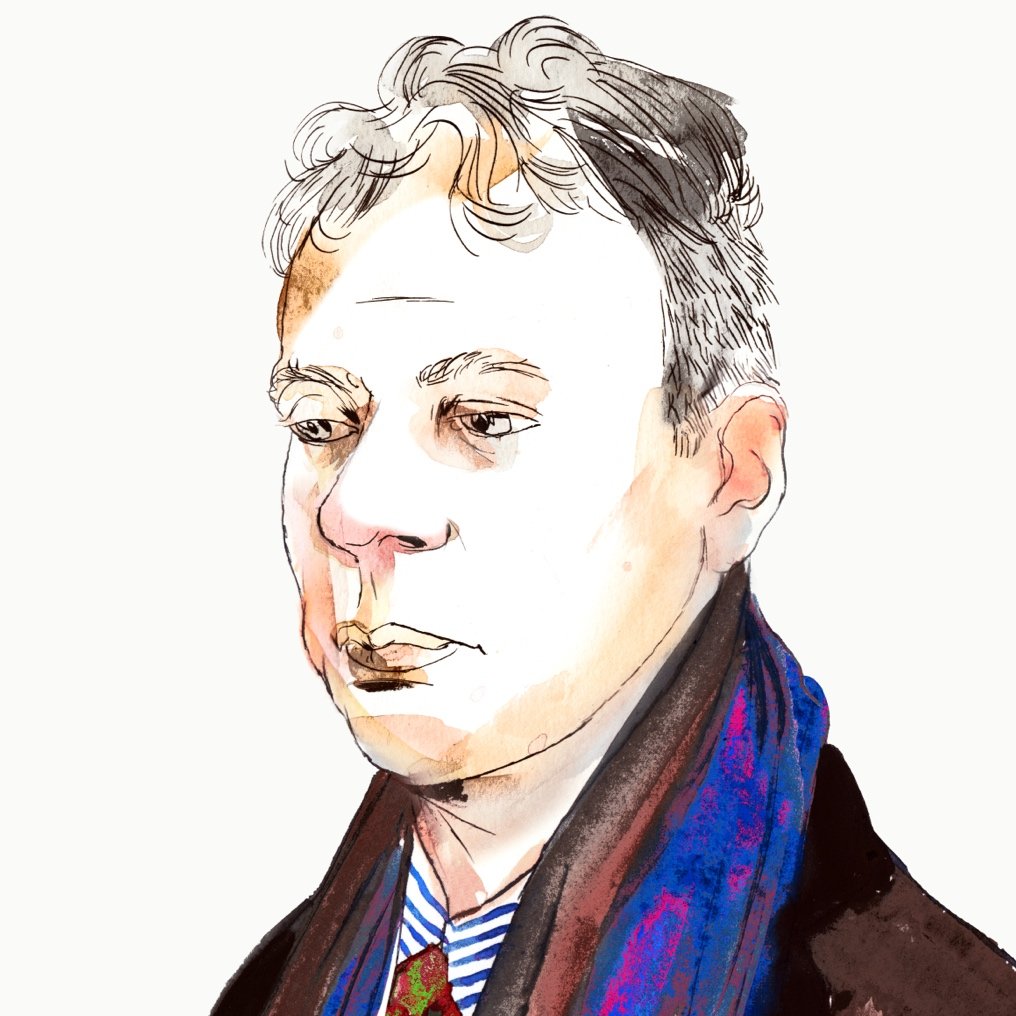There is a new biography of Hemingway out, a 750-page chronicle of his life by Mary Dearborn, the noted biographer of Norman Mailer and Peggy Guggenheim. It covers the career, marriages, travels, and adventures in meticulous detail, from his birth to that July morning in Idaho, 1961, when he placed his forehead on the muzzle of a shotgun and pulled the trigger.
The book, also, is a product of its time, when researchers are more interested in sexual attitudes and social conflicts than they are in literary meaning and metaphysical faiths. Dearborn is fascinated with Hemingway’s hair fetish and his ventures into gender-bending. Hemingway’s up-and-down Catholicism and his ontological writings, such as “A Clean Well-Lighted Place,” don’t much interest her. She quotes the line in Death in the Afternoon, “I was trying to learn to write, commencing with the simplest things, and one of the simplest things of all and the most fundamental is violent death,” but doesn’t pursue it.
I’ve reviewed the book here, and start with a notorious episode in American literary history that Dearborn only mentions:
On a February night in Key West, 1936, Ernest Hemingway marched over to friend and novelist John Dos Passos’s house to confront the distinguished poet Wallace Stevens. Stevens, a Harvard man and vice president of the Hartford Accident and Indemnity Co., didn’t think much of the boss-adventurer persona Hemingway played up in Florida. He’d said so earlier that evening to Hemingway’s sister, calling him a ‘sap.’ She hurried home to tell her brother, who jumped at the challenge and headed out the door. As he arrived and walked up the steps, there was Stevens, who turned, recognized him, and swung. Hemingway dodged and countered, knocking the poet to the ground.

